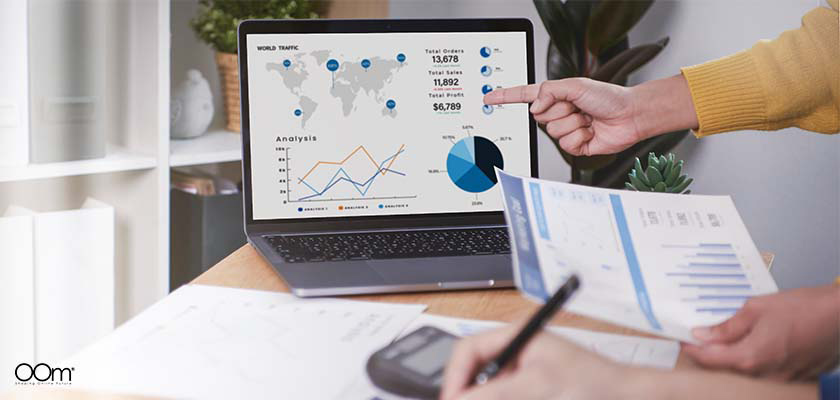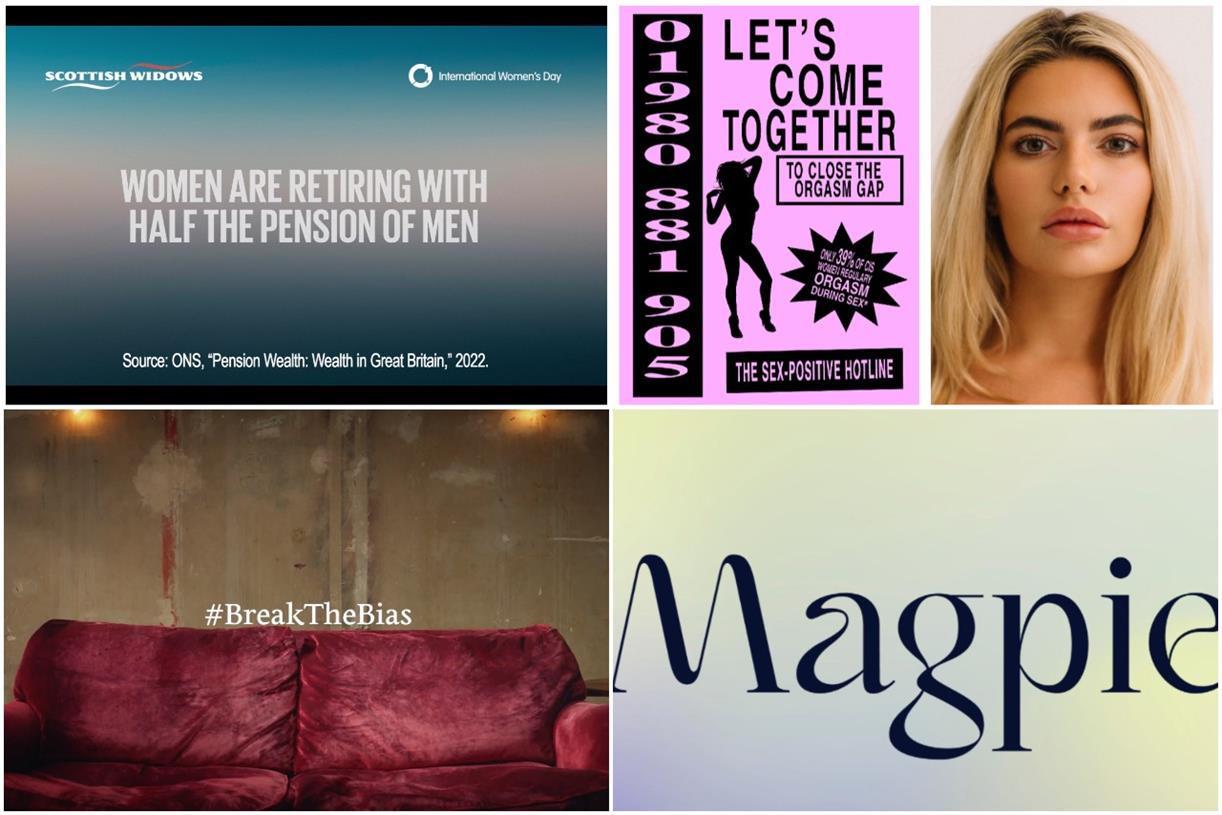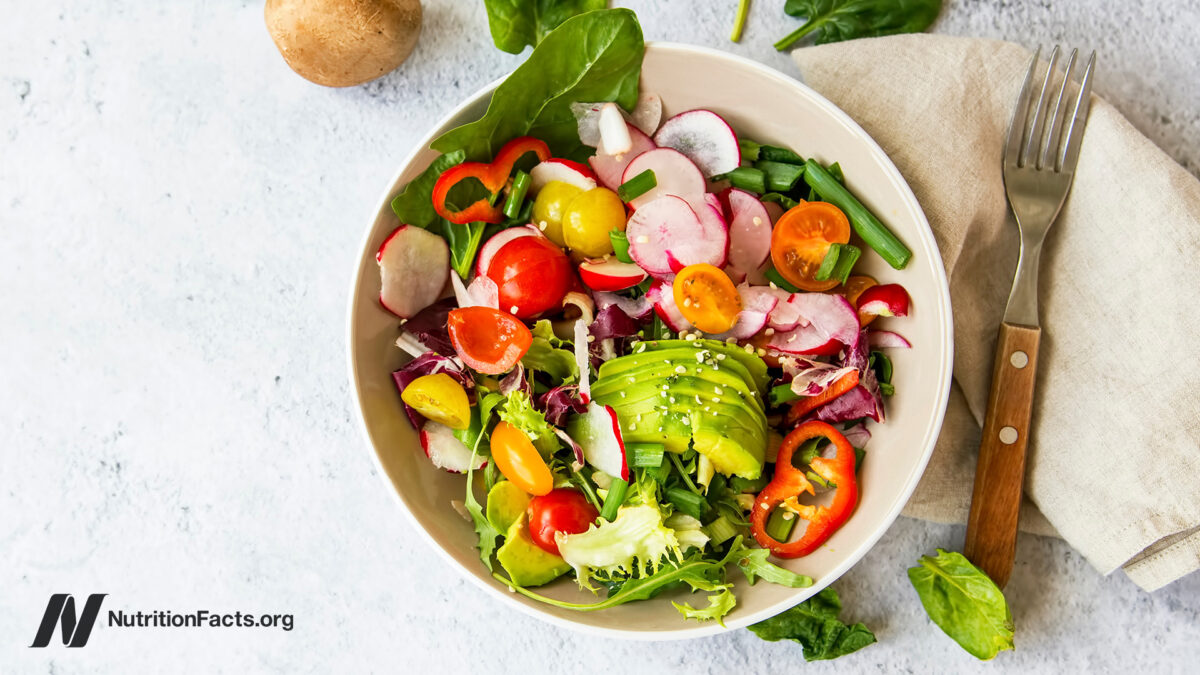The Effect of Inflation on Consumers and What It Means for Brands
The COVID-19 pandemic greatly influenced consumer behavior for the last two years, but in 2022, the central concern will increasingly be the cost of living, according to research cited in a recent podcast by Mintel titled “The Impact of...

Several key factors have created the “perfect storm” for rising inflation, including high energy costs, supply chain problems, and heightened consumer demand, as Toby Clark, Director of EMEA Research at Mintel explained in the podcast interview. In addition, the war in Ukraine will almost certainly drive prices even higher. Mintel's research indicates that inflation is a mixed bag globally, and the rate of inflation varies country by country. Inflation is seen as a problem across almost every country in Europe. The latest data puts the UK at 5.5%, Germany at 4.9%, and Poland at 9.4%. Asia-Pacific looks somewhat different. Rising prices are a concern in Australia with inflation at 3.5%. Although China is facing supply chain problems, inflation just isn’t seen as an issue for consumers. Japan also has low inflation compared to Europe. In contrast, the US has recently registered 7.5% inflation, Canada is at 4.8%, while Brazil comes in at 10.4%. By exerting a “slow squeeze,” rising inflation has the potential to reduce purchasing power. However, depending on their income level, consumers are in very different financial positions coming out of the pandemic. High-earning consumers were able to build up savings during the pandemic by cutting out expenses for travel, commuting, restaurants, night life, and entertainment. Inflation will be less of a problem for this group of consumers anyway, because they have more flex in their budget. Rising prices will be an irritation, but it won’t tip them into crisis, according to Clark. On the other hand, lower earners didn’t see that “lockdown boost.” For those working in retail or hospitality, the lockdown period was often disastrous. Low-earning consumers are already on the edge, and price increases could corrode their ability to afford the essentials. “Not only is inflation an issue for consumers, but the response by central banks to control inflation compounds consumer misery because the primary tool to fight inflation, of course, is for those central banks to raise rates,” explained Andrew Davidson, SVP/Chief Insights Officer at Mintel Comperemedia. “We’re already seeing double digit interest rates in Brazil, the Bank of England increased rates twice already, and the US Federal Reserve indicated it will start to raise rates.” The big concern for consumers is what this means for borrowing rates. However, for many consumers, higher borrowing rates will have a delayed, slow-motion effect. Those with fixed-term mortgages won’t feel the impact of higher rates, and others may have a chance to adjust. Even with consumer credit, such as a credit card with a 17% APR, slightly higher rates will be obscured in the overall bill. Higher rates will start having an effect and make life more difficult to a degree, but it won’t be an immediate emergency. “The question is whether the rate increases will lead to a soft landing, or whether it’s going to push us more into a recession,” Davidson said. “Some people have a very bleak outlook, not necessarily for this year, but perhaps for 2023, but of course, we’re hoping for that soft landing.” Inflation has varying impact on countries and consumers. The story of inflation will also play out differently among various industry categories. According to Diana Smith, Associate Director of Retail and eCommerce at Mintel Reports US, the retail industry hasn’t yet experienced the impact of consumer shopping shifts: “Consumers are aware of it and concerned about it but haven’t necessarily adjusted the way they shop. That’s all about to shift though in short order as consumers realize that high costs are here to stay.” As inflation grows, consumers are expected to: However, even with these shifts, the retail industry is expected to remain resilient and grow in 2022 and beyond. With rising prices, beauty brands will have to fight to keep customer loyalty. Customers are more well-informed than they used to be and are accustomed to shopping around for the best prices. “During difficult economic times, trading down behaviors are amplified,” according to Roshida Khanom, Category Director at Mintel Beauty and Personal Care. “Perceptions of value have changed, and private-label beauty offerings are much more sophisticated since the last economic downturn. Consumers just have more choice.” To reward customer loyalty, brands should consider offering flash discounts and savings on shipping. Communication is also key. “It’s really important for brands to take consumers on the journey with them,” Khanom said. “If prices need to go up, communicate that to the consumer and explain why. Transparency can really drive trust in a brand.” It’s also important to remember that customers increasingly care about conscious consumerism. Brands that can promote sustainability, ethical sourcing, and fair pay can increase their appeal. The travel industry is facing higher operational costs due to inflation, but there’s still good news for the sector. “Affluent consumers are far more likely to take holidays, and this group is not only less affected by inflation, but also more likely to have increased savings during the pandemic, and with two years’ worth of missed holidays, there is still huge pent-up demand for travel,” according to Marloes de Vries, Associate Director of Travel at Mintel Reports UK. To rationalize price increases to the consumer, travel companies will need to communicate the value and benefits they offer. In addition, wellness and sustainability have become key priorities for consumers. “Companies that promote experiences around these themes are in a better position to manage price increases,” de Vries stated. Prices for food have already been accelerating rapidly in recent months, and many leading food conglomerates have been warning about rising costs—such as energy, transport, commodities, and labor—that they are expecting to pass along to the consumer. “This is a really challenging situation for brands coming at a time when household finances are under growing pressure from all quarters,” said Kiti Soininen, Category Director of Food and Drink at Mintel Reports UK. Brands that can demonstrate how their products can be part of an affordable meal can attract consumers. For example, sharing a recipe to swap beef for beans or lentils is not only healthy and sustainable, but also budget friendly. This is a positive way to help people save money without making them feel like they will lose out. The analysts at Mintel emphasized that during this volatile period, brands will need to stay nimble and adjust to changing consumer needs. It’s more essential than ever to understand your customers and how economic conditions are influencing their everyday lives. Companies must focus on developing products and marketing campaigns that align with shifting consumer needs. Interested to learn more? Mintel, a leading market intelligence agency, offers thousands of reports covering a wide range of industry categories including food, consumer goods & retailing, beverages, food service & hospitality, travel, and more. Visit MarketResearch.com to search Mintel's reports. If you need help finding research on a specific topic, don't hesitate to reach out to our knowledgeable research specialists. About the Author: Sarah Schmidt is a Managing Editor at MarketResearch.com, a leading provider of global market intelligence products and services. The COVID-19 pandemic greatly influenced consumer behavior for the last two years, but in 2022, the central concern will increasingly be the cost of living, according to research cited in a recent podcast by Mintel titled “The Impact of Inflation on the Cost of Living and Consumer Behavior.”
The COVID-19 pandemic greatly influenced consumer behavior for the last two years, but in 2022, the central concern will increasingly be the cost of living, according to research cited in a recent podcast by Mintel titled “The Impact of Inflation on the Cost of Living and Consumer Behavior.”The Varying Rates of Inflation Across the Globe
The Effect of Inflation on Different Types of Consumers
The Response of Central Banks to Inflation
The Impact of Inflation Across Industry Categories
Retail and E-Commerce
Cosmetics and Personal Care
Travel
Food & Drink
Final Takeaways for Brands
Where to Learn More

 Aliver
Aliver 
































